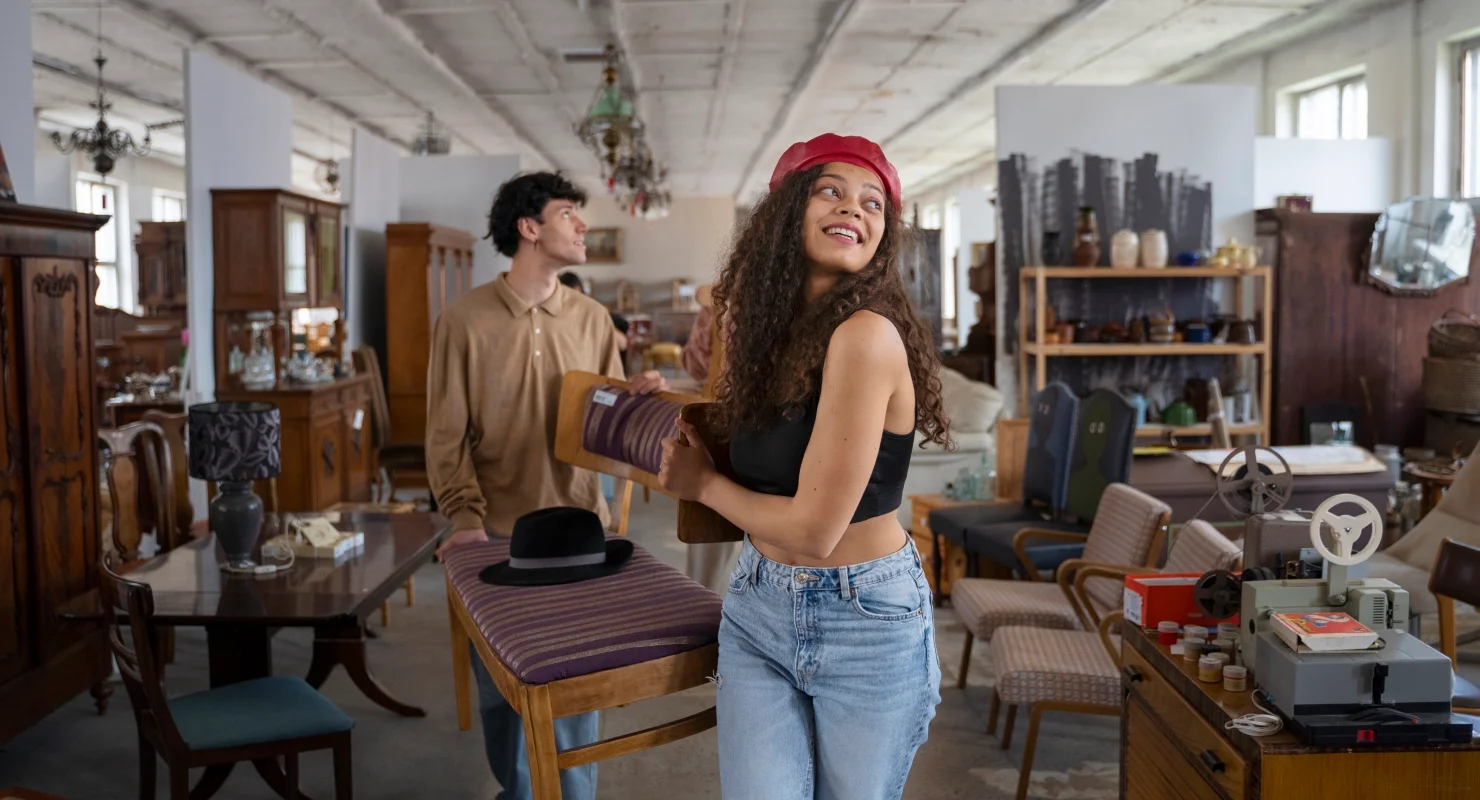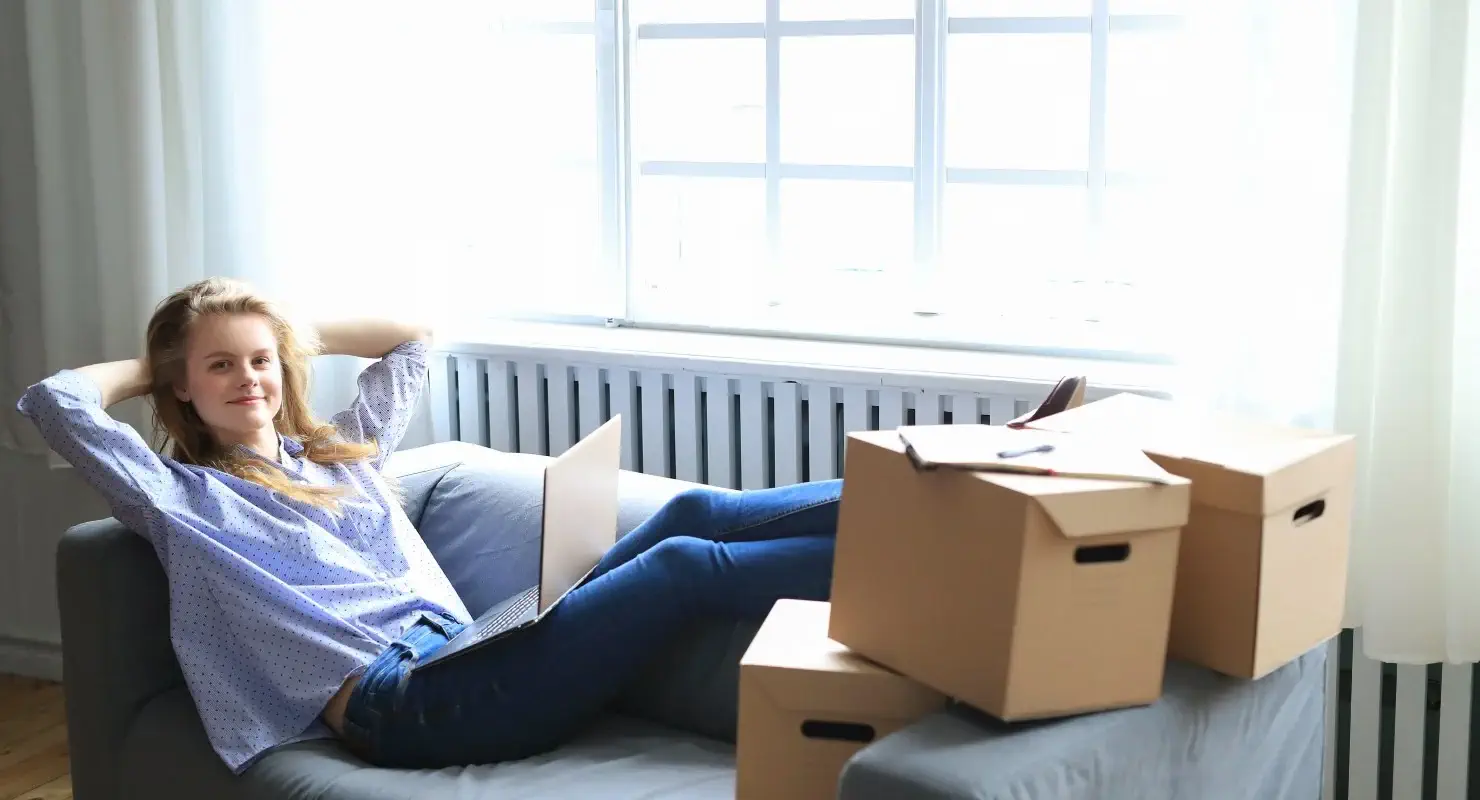
Safely Moving Antiques - Essential Tips and Techniques for Protecting Your Valuables
Moving antiques requires careful planning, specialised handling, and protective materials to ensure these treasured items arrive in perfect condition. Whether you’re moving a single piece or an entire collection, following professional techniques can prevent damage, loss, or wear. Here’s an in-depth guide to help you protect your valuable antiques during your move.
Planning Your Antique Move
Before packing begins, assess each item’s needs and requirements. Some antiques are more delicate than others, and knowing which pieces require extra care will help streamline the packing process.
Checklist for Planning:
- Take inventory of all items and photograph each piece.
- Get an appraisal to assess value, especially for valuable or fragile pieces.
- Create a clear labelling system with “Fragile” markers.
- Arrange transport that offers secure handling, like climate-controlled vehicles for sensitive items.
Check out our Moving House Checklist for detailed moving day planning.
Choose the Right Packing Materials
Packing materials make all the difference in preventing scratches, cracks, or other forms of damage. Using the correct materials will ensure each piece is protected from potential bumps or mishaps during transit.
Packing Materials:
Bubble Wrap:
Wrap each item with bubble wrap, especially edges and corners.
Acid-Free Paper:
Protect delicate finishes with acid-free paper, which won’t leave residue or tarnish.
Packing Peanuts and Blankets:
Use packing peanuts to cushion delicate items and blankets to protect larger items like furniture.
Custom Crates:
For very delicate pieces or those with intricate designs, consider custom-made wooden crates.
Pro Tip: Avoid using newspaper for antiques, as the ink can transfer to the item and cause staining.
Wrapping Techniques for Different Items
Each type of antique requires a unique packing method. Here are specific strategies for different types:
Porcelain and Glassware:
- Wrap each item individually in bubble wrap, securing with tape.
- Place items upright in a box filled with packing peanuts to prevent movement.
Furniture
- Disassemble parts (if possible) and wrap each piece in moving blankets, securing them with plastic wrap.
- Use corner protectors to prevent chipping or scratching.
Painting and Artwork
- Cover the artwork with acid-free paper and wrap it with bubble wrap.
- Place it in a specialised picture box to ensure stability.
Mirrors
- Use painter's tape in an “X” pattern across the glass to minimise shattering if it breaks
- Wrap the mirror in bubble wrap and place it in a fitted crate.
For more tips on protecting furniture, read our blog about How To Keep Your Furniture Safe When Moving.
Loading Tips:
The way you load your antiques can make a big difference in how well they withstand the move. Larger, heavier pieces should go on the bottom, while lighter, more fragile items should be on top.
Heavy Items First:
Place heavy items on the truck floor to keep them stable.
Use Tie Downs:
Secure items with tie-down straps to avoid sliding.
Avoid Stacking:
Place fragile items on their own and avoid stacking anything on top.
Climate Control:
For particularly sensitive items, opt for climate-controlled trucks to prevent damage from humidity or temperature changes.
Insurance and Coverage for Peace of Mind
Even with the best packing techniques, accidents can happen. Insurance can provide peace of mind and financial protection in case an item is damaged.
Steps to Insure Your Antiques:
Contact a Specialist Insurance Provider:
Look for companies that offer specialised moving insurance for antiques.
Inventory Documentation:
Use the photographs and appraisal documents created earlier to ensure each item is correctly covered.
Need help with insurance? Check our post on How We Make Your Move Stress-Free for more details on our insurance options.
Unpacking and Placement in Your New Home
After arriving at your destination, be as meticulous about unpacking as you were about packing. The right approach to unpacking will prevent any final-stage damage and help you restore each item to its former glory.
Unpacking Tips:
Unpack Slowly:
Avoid rushing, especially with heavier pieces.
Inspect for Damage:
Check each item for damage immediately, as some insurance policies require quick reporting.
Position Carefully:
Once in the new space, consider placement options that avoid direct sunlight or moisture exposure, which can harm many antique finishes.
Final Thoughts
Moving antiques requires care, expertise, and attention to detail, but with proper planning, you can ensure each item arrives safely. From selecting the best packing materials to ensuring optimal loading practices, every step matters. At Omni Removals, we understand the value of your antiques and offer specialised services to make sure your belongings are handled with the utmost care.
Learn more about our specialised Professional Packing Services for delicate and valuable items.

